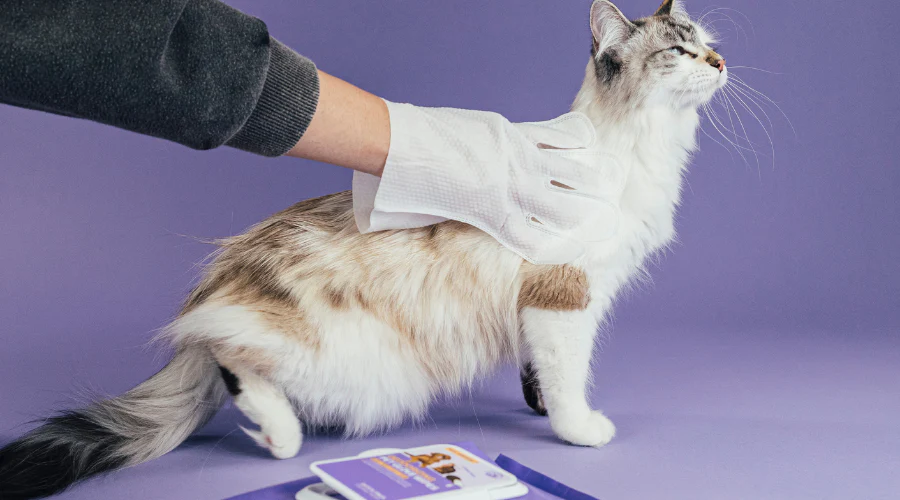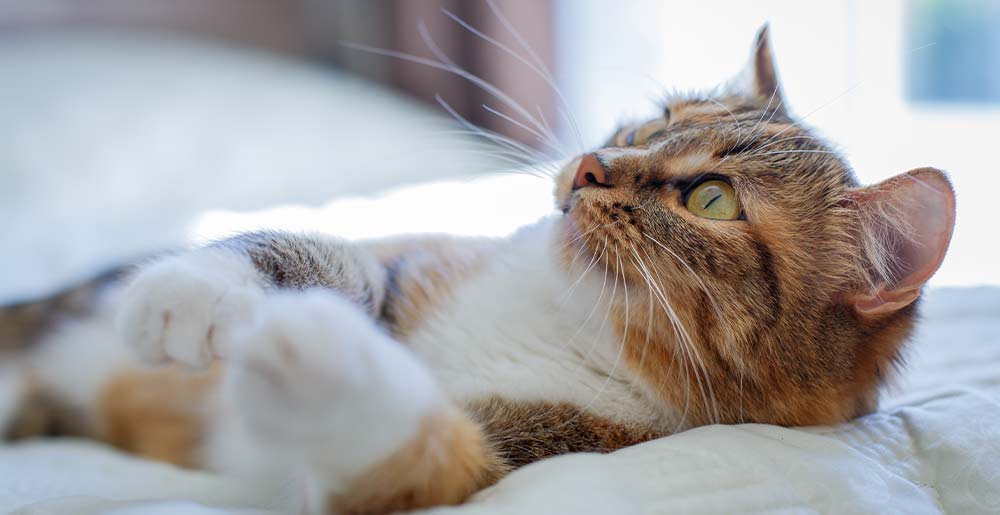Cat health tips to keep your feline happy and thriving. Discover expert advice for a healthy, joyful life with your cat.
Introduction
Every cat owner wants their feline friend to live a long, joyful, and vibrant life. But understanding how to keep your cat happy and healthy requires more than love and cuddles. It involves knowing your cat’s needs—from nutrition and exercise to mental stimulation and regular vet visits. This happy cat guide provides expert-backed cat health tips and actionable advice to help ensure your kitty thrives physically, emotionally, and behaviorally.

Expert cat advice starts with understanding your feline’s basic needs—regular vet checkups, quality nutrition, and daily enrichment. These simple steps form the foundation for a healthy, happy, and well-adjusted cat.
Cat wellness tips focus on maintaining your cat’s physical and mental health through proper nutrition, regular exercise, and routine veterinary care. Ensuring a safe, stress-free environment and providing enrichment activities are key to keeping your feline friend happy and thriving.
Cat happiness tips include providing plenty of playtime, comfortable resting spots, and social interaction. Understanding your cat’s unique personality and creating a safe, stimulating environment helps ensure a joyful and content feline companion.
1. Provide a Balanced and Nutritious Diet
A well-rounded diet is foundational for healthy cat care. Choose high-quality commercial cat food that suits your cat’s age, size, and health condition. Avoid overfeeding or relying on treats.
Cat Nutrition Advice:
- Look for food with real meat as the first ingredient.
- Avoid fillers like corn, soy, and artificial additives.
- Cats are obligate carnivores—protein is crucial.
- Provide fresh, clean water daily.
2. Schedule Regular Veterinary Visits
Routine check-ups are crucial for feline health care. A vet can catch early signs of illness and recommend vaccinations, deworming, and parasite control.
Key Areas of Vet Care:
- Annual wellness exams
- Vaccinations (rabies, feline leukemia, etc.)
- Dental checkups
- Spaying/neutering
3. Create a Stimulating Environment
Bored cats can become depressed or destructive. Mental stimulation for cats is as important as physical exercise.
Enrichment Tips:
- Use puzzle feeders
- Provide interactive toys
- Rotate toys weekly
- Add cat trees or perches near windows
Real-World Example: A Maine Coon named Toby showed signs of boredom (scratching furniture). After introducing rotating toys and a window perch, his behavior improved dramatically.
4. Maintain a Regular Cat Care Routine
Consistency is comforting to cats. Establish a routine for feeding, grooming, and playtime.
Daily Cat Care Checklist:
- Feed at the same times
- Scoop litter box at least once a day
- Set aside 15–30 minutes for interactive play
- Brush your cat, especially if they have long hair
5. Practice Good Hygiene
Cat hygiene tips contribute significantly to your pet’s health.
Must-Do Hygiene Habits:
- Regular litter box cleaning
- Clean food and water bowls daily
- Wash bedding weekly
- Check ears and eyes for discharge

6. Exercise Your Cat Regularly
Physical health for cats can prevent obesity, diabetes, and joint issues.
Fun Exercise Ideas:
- Laser pointer games
- Feather wands
- Treat hunts
- Cat tunnels
7. Understand Cat Body Language and Emotions
Understanding how cats communicate helps you respond better to their needs.
Common Cat Body Language:
- Purring: Usually contentment
- Hissing: Fear or aggression
- Slow blinking: Trust
- Arched back: Either stretching or defensive
Improve Cat Behavior by reacting calmly and positively to signs of stress or discomfort.
8. Provide Safe and Comfortable Spaces
Cats love cozy, safe places to hide and rest.
Tips to Create Cat-Friendly Zones:
- Use soft bedding
- Offer hiding spots (boxes, tents)
- Keep loud noises to a minimum
- Avoid placing food near the litter box
9. Keep Your Cat Indoors (or Supervised Outdoors)
Indoor cats live longer, safer lives. Outdoor risks include traffic, predators, and disease.
Safe Outdoor Alternatives:
- Enclosed patios (“catios”)
- Supervised walks
- Window hammocks
10. Show Love, but Respect Boundaries
While some cats are highly affectionate, others prefer space. Build trust gradually.
Ways to Bond with Your Cat:
- Talk softly
- Use slow blinks
- Let them initiate contact
- Respect their personal space

Recommended Outbound Links:
- American Veterinary Medical Association (AVMA) – Great for general pet care advice.
👉 https://www.avma.org/resources-tools/pet-owners - Cornell University College of Veterinary Medicine – Feline Health Center – Trusted source for cat health.
👉 https://www.vet.cornell.edu/departments-centers-and-institutes/cornell-feline-health-center - PetMD – Cat Care & Health – Well-known site with vet-reviewed advice.
👉 https://www.petmd.com/cat - ASPCA – Cat Nutrition Tips
👉 https://www.aspca.org/pet-care/cat-care/cat-nutrition-tips - RSPCA (UK) – Excellent for international readers looking for best practices.
👉 https://www.rspca.org.uk/adviceandwelfare/pets/cats
FAQs
Q1: How can I tell if my cat is happy?
A happy cat often displays relaxed body language, slow blinking, and purring. They will also engage in play, have a good appetite, and groom themselves regularly.
Q2: What are the best toys for mental stimulation?
Interactive toys like feather wands, laser pointers, and food-dispensing puzzles are great. You can also rotate toys to keep things interesting.
Q3: How often should I take my cat to the vet?
At least once a year for a general check-up. Kittens and senior cats may need more frequent visits.
Q4: What should I feed my cat daily?
Feed a mix of wet and dry food, focusing on protein-rich formulas. Always provide fresh water and adjust portions based on age and activity.
Q5: How can I keep my indoor cat entertained?
Use scratching posts, puzzle toys, and cat trees. Place them near windows for outside views and interaction with nature.
Conclusion
Caring for your feline friend goes beyond feeding and cuddling. By following these cat health tips, maintaining a solid cat care routine, and offering mental and physical stimulation, you can ensure your cat lives a healthy and joyful life. Share this guide with fellow cat lovers, drop your questions in the comments, and subscribe to our newsletter for more expert pet advice!



